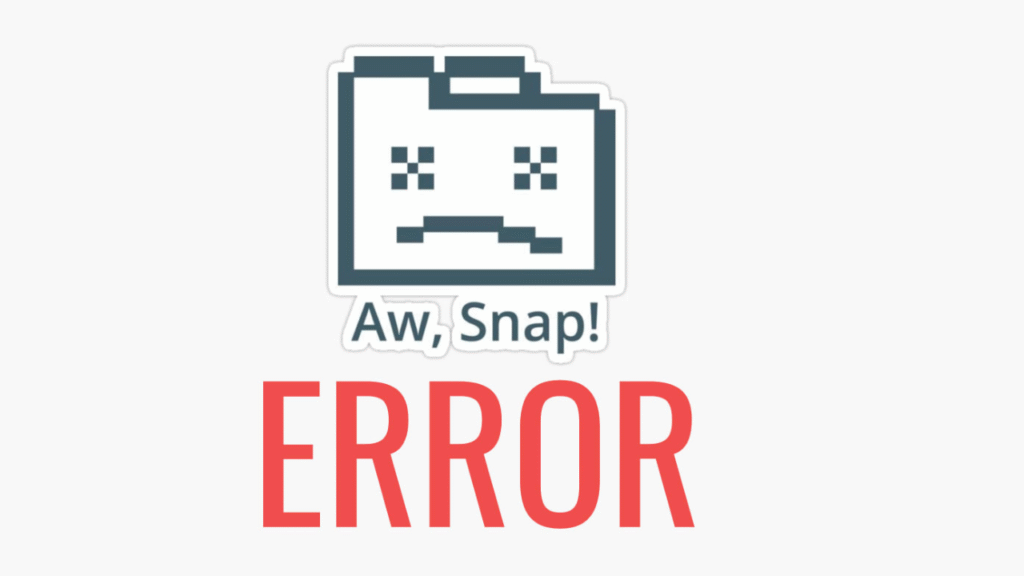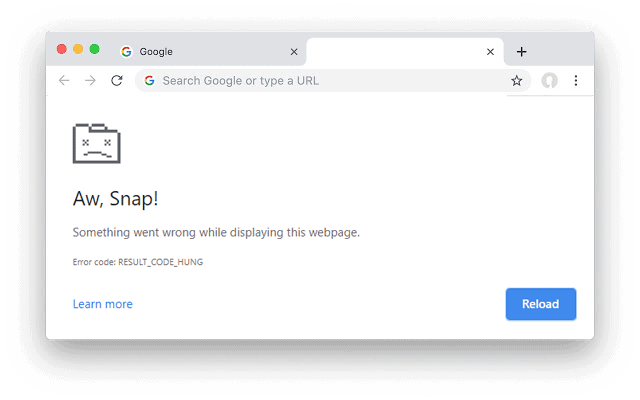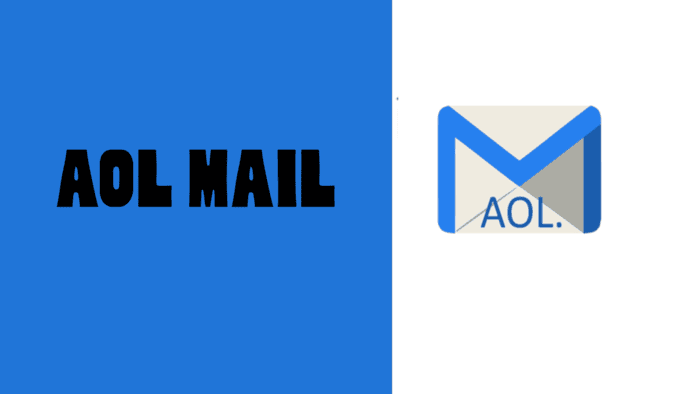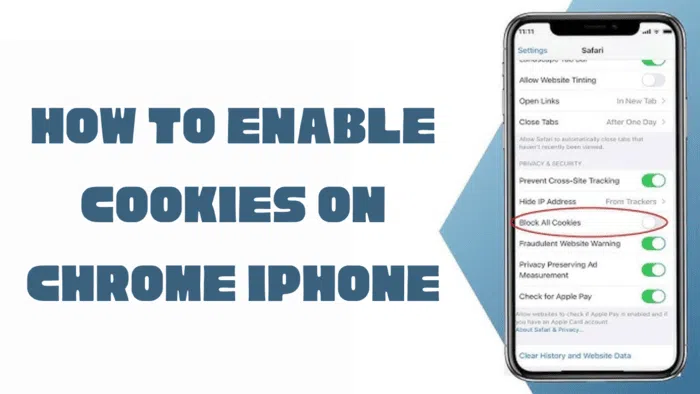Google Chrome is generally a reliable browser, but users occasionally encounter the “Aw, Snap!” error, which disrupts access to a webpage.
This error is often temporary and can typically be fixed through simple steps like refreshing the page or clearing cached data. If the issue continues, several additional solutions can help resolve it.
What Is the “Aw, Snap!” Error?
As the most popular desktop browser, Google Chrome holds a 77% market share. When this error appears, it typically means Chrome can’t load the requested webpage.
This could be due to a technical glitch, insufficient memory, or an external interruption.
Reloading the page may resolve the issue, but there are other potential causes:
- Corrupted or outdated browser data
- Problematic extensions
- Malware infections
- Unstable internet connection
Though Chrome doesn’t provide a specific explanation for the error, it’s a common and manageable issue.
1. Refresh the Page
Start by simply reloading the page. Chrome might have experienced a temporary glitch during loading.
To refresh:
- On desktop: Click the reload icon or use the following shortcuts:
- Windows/Linux: F5 or Ctrl + R
- Mac: Command + R
- On mobile: Tap the three-dot menu and select Reload.
If this doesn’t work, proceed with other methods.
2. Test Your Internet Connection
A weak or unstable connection can cause Chrome to fail in displaying content. Try the following:
- Enable airplane mode for a few seconds, then turn it off and reload the page.
- Pause any ongoing downloads or streaming to free up bandwidth.
- Disable your VPN and check if the issue is resolved.
- Reset your router if you’re on Wi-Fi or move to an area with better mobile data reception.
3. Clear Your Chrome Cache
Cached files help Chrome load pages faster, but sometimes these files become corrupted. To clear the cache:
- Click the three-dot menu, go to More Tools > Clear Browsing Data.
- In the Basic tab, select Cached images and files.
- Click Clear data and reload the page.
To prevent future cache-related issues, consider blocking third-party cookies or clearing them after each session via Settings > Privacy and security.
4. Use Incognito Mode
If you’re not ready to clear your cache, try browsing in Incognito Mode, which disables extensions and uses no cached data. To open Incognito:
- On desktop: Ctrl + Shift + N (Windows) or Command + Shift + N (Mac)
- On mobile: Tap the menu icon and select New Incognito Tab.
Enter the URL again. If the page loads, the issue is likely due to cached data or an extension.
5. Turn Off Extensions
Certain extensions, particularly poorly coded ones, can affect Chrome’s performance. To disable extensions:
- Go to More Tools > Extensions.
- Toggle each extension off one by one.
- Reload the page after each change.
If the issue resolves after disabling a particular extension, remove it to prevent future problems.
6. Update Google Chrome
Though Chrome usually updates automatically, you may miss an update that fixes bugs or improves performance. To check for updates:
- Go to Settings > About Chrome.
- If an update is available, install it.
After updating, restart Chrome and check if the issue is resolved.
7. Restart Chrome or Your Device
If the previous solutions don’t help, try closing Chrome and reopening it.
If that doesn’t work, restart your device—whether it’s a computer, tablet, or phone. After rebooting, attempt to load the page again.
8. Scan for Malware
In some cases, malware can disrupt Chrome’s functionality. Look for signs like:
- Unwanted ads or pop-ups
- Changes to browser settings
- Slow performance
- Suspicious extensions or redirects
If you’re on Windows, use Chrome’s cleanup tool:
- Go to Settings > Advanced > Reset and clean up > Clean up computer, then click Find. If harmful software is detected, click Remove.
On a Mac, check for unfamiliar apps in the Applications folder, right-click them, and select Move to Trash.
As a last resort, reset Chrome to its original settings by going to Settings > Reset Settings > Restore settings to their original defaults.
Conclusion
The “Aw, Snap!” error can be frustrating, but it’s typically easy to fix. Begin with basic steps like reloading the page or using Incognito Mode.
If necessary, clear the cache, review your extensions, or update Chrome.
In rare instances, restarting your device or scanning for malware might be required. By following these steps, you can quickly restore Chrome’s functionality.





